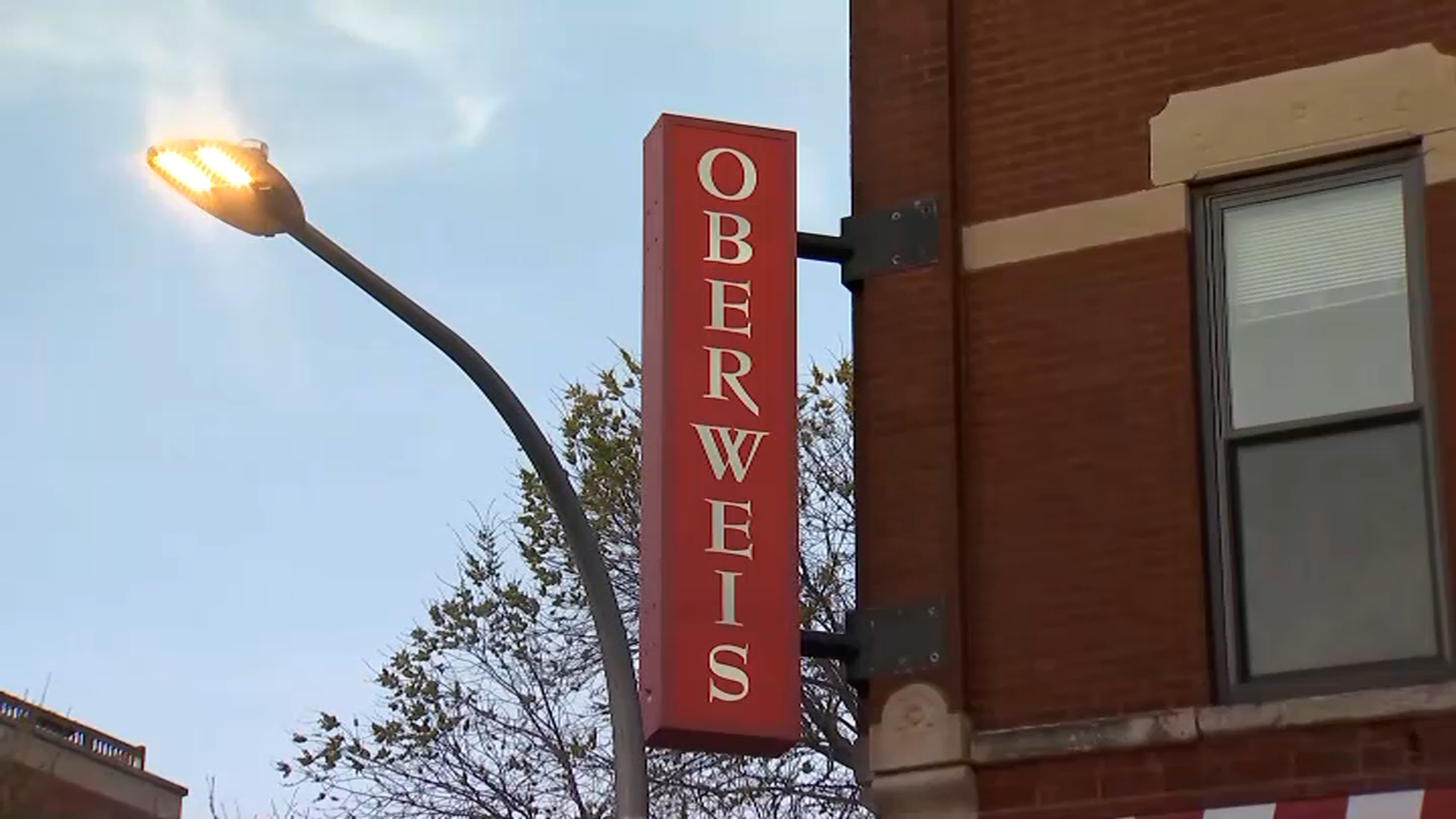The Chicago Police Department would be required purchase a Taser for every one of its 12,500 sworn officers and train them on how to use it by Jan. 1, 2017, under one of several proposals made by African-American aldermen in response to the Laquan McDonald controversy.
West Side Ald. Jason Ervin (28th) and his colleagues also want to mandate the release of police shooting videos within 14 days of an incident, raise the mandatory retirement age for police officers from 63 to 67 1/2 and explore police use of other “non-lethal” weapons with the potential to “drastically reduce” serious injury or death.
After the police shooting of 19-year-old Quintonio LeGrier and the accidental shooting of LeGrier’s neighbor, 55-year-old Bettie Jones, Mayor Rahm Emanuel doubled the number of Tasers in the department and ordered Chicago Police officers retrained in so-called “de-escalation” tactics.
"We are in the process of purchasing 700 more Tasers. That's going to be patrol, all the men and women responding to all these 911 calls," said Interim Superintendent John Escalante.
That’s not good enough for Ervin, whose ward includes the violence-plagued Harrison District.
Instead of boosting the Taser inventory to 1,400, enough to equip every officer working in a marked vehicle, Ervin wants to require the Chicago Police Department to issue a Taser to every sworn officer.
"We don't pass our guns on to the next shift, we don't pass our hancuffs to the next shift, so why should we be passing our tasers on to the next shift," said Ervin, who introduced the ordinance at last week’s City Council meeting. "I think making it part of the uniform assures that everyone has it, ensures that it works properly and is functioning."
Local
Ervin pegged the cost at $700 to $1,000 per Taser and between $8.75 million and $12.5 million for the entire force. Training the roughly 80 percent of Chicago Police officers who are still not certified in how to use Tasers would raise the price tag even more.
Ervin, vice-chairman of the City Council’s Budget Committee, said that the cost could easily be absorbed by shaving the $100 million in annual police overtime used to mask a manpower shortage with no results to show for it.
“When we deem something necessary, we put the resources behind it. I’m not concerned about the cost. The lawsuits [stemming from allegations of wrongful death and excessive force] cost us a helluva lot more,” he said.
“The predominant number of individuals who end up shot and killed by police are young African-American men. We have a responsibility to help save young black lives.”
After the furor over his decision to keep the Laquan McDonald shooting under wraps for 13 months, Mayor Rahm Emanuel asked his Commission on Police Accountability to establish a new policy on the release of police shooting videos going forward.
While awaiting those recommendations, Emanuel reversed himself and released video of the January 2013 police shooting of Cedrick Chatman.
Yet another ordinance proposed by Ervin and other black aldermen would mandate the release of all video captured by dashboard, body, blue-light or any other government-owned surveillance cameras within 14 days of a police shooting “upon request.”
“If it’s a bad shoot, it’s a bad shoot. Let’s deal with the officers. Holding these tapes for two and three years only to find peoples’ stories don’t line up with the tape doesn’t help the community feel the police department is trying to correct itself,” Ervin said.
The proposal to raise the retirement age for Chicago Police officers from 63 to 67.5 sounds almost counter-intuitive given the January bloodbath on the streets of Chicago.
But Ervin argued that a “mass exodus at upper management levels” over the last five years has left the Chicago Police Department with a severe shortage of the experience needed to respond to the recent outbreak of cold-weather violence.
Raising the mandatory retirement age would also ease the police pension crisis that triggered a record, $543 million property tax increase. The longer an officer stays on the job, the later he or she draws a pension.
Ervin said he his hope is to implement the change immediately for exempt ranks and direct city attorneys to try and negotiate an increase in the mandatory retirement age for sworn officers in the next police contract.
“I’m sure everyone wants a 67-year-old police officer responding to their domestic violence or emergency call,” Fraternal Order of Police President Dean Angelo said facetiously.
“I do not see officers wanting to stay on this job any longer than they have to. People are leaving younger and younger. It’s been a trend for several years just wanting to get away from the grime and strife. Now, you have all of the accusatory issues.
“The threats of using your career against you. I don’t know how anyone is even interested in joining the ranks even though we have people signing up for the job fairs. God bless `em. Someone has to do it. What if they have a job fair and no one shows up?”
Ervin isn’t the only African-American aldermen searching for answers in response to the video played around the world of a white police officer pumping sixteen rounds into a black teenager.
Aldermen Howard Brookins (21st) and Roderick Sawyer (6th), past and present chairmen of the City Council’s Black Caucus, want the Police Department to “institute procedures, procure equipment and provide training necessary to promote and encourage” use of other “non-lethal” weapons with potential to “drastically reduce the likelihood of serious bodily injury or death in conflict situations.”
Their resolution, co-signed by 34 aldermen, mentions “various munitions options.” They range from solid-filled, liquid-filled and foam baton rounds to rubber pellets, rubber balls, rubber baton rounds, wood baton rounds and bean bag rounds.
Sawyer said he is particularly interested in the bean bag option that’s “less than half the price” of a Taser.
“When I looked at it, it looked like a sawed-off shotgun. Other municipalities all around the country use them with great success. People aren’t dying. Particularly those who may have some mental health issues that are hard to apprehend,” Sawyer said.
“People have died with Tasers. With beanbags, you get a bruise. It hurts. It’ll knock you down. It’s painful, but it won’t kill them. We won’t come up with that situation like the McDonald situation where someone just runs out of the car and opens fire on someone.”
Laquan McDonald may not have been shot to death if any of the officers following him on that October 2014 night had been equipped with Tasers.
Instead, they put in a radio call for a Taser, but Officer Jason Van Dyke, who was charged with first-degree murder in November, just hours before the video was released, unloaded his weapon during the wait.
Sawyer argued that a bean bag rifle might also have diffused the situation. And it might have prevented the fatal police shooting of LeGrier and Jones.
“They waited several minutes in Laquan McDonald. They were following the guy. They had him contained. They needed a way to get him down without them having run the risk of getting cut by his knife. And the guy with the baseball bat [LeGrier]—you could put him down another way than having to shoot him,” the alderman said.
The flurry of proposals from African-American aldermen is, in part, motivated by self-preservation.
Like Emanuel, they were harshly criticized for signing off on a $5 million settlement to the McDonald family one week after the April 7 runoff – even before a lawsuit had been filed – without asking tough enough questions and seeing the incendiary video.
Angelo has had it up with the knee-jerk political reactions to the Laquan McDonald controversy that has triggered a federal civil rights investigation of the Chicago Police Department.
“Instead of looking at all of the violence, the open-air drug markets, the murder, gang involvement and threats on everyone’s doorstep — the politicians would rather limit proactive policing. If they do, they might eliminate one of the incidents in the headlines. In the meantime, we’re at four times the shootings and four times the murder rate,” Angelo said.
“Politicians making these proposals don’t want police officers to be proactive. They want them to react to situations. We’re seeing a spike in violence that’s measurable. Why people are shooting each other — that should be the concern. We’re four times over what we were last year. It’s scary. I don’t know why there’s not more outrage with that.”
Angelo also ridiculed Emanuel’s plan to train officers in de-escalation tactics.
It’s a move that has prompted the police blog known as “Second City Cop” to nickname the interim police superintendent John “De-Esclante.”
“De-escalation has been part of police training forever. How to talk someone down. Convince someone it’s not in their best interest to do whatever they’re involved in. They changed it to `verbal judo’ years ago. Now, it’s `de-escalation,’ “ Angelo said.
“When you have someone involved in criminal behavior and they’re armed with a weapon, it’s their choice what happens next. If they comply with dropping the weapon, it’s over. If they don’t, police decisions are based on decisions the offender makes. Maybe the politicians making these never-ending proposals should ride along with police and see what they face every day. And don’t put on sunglasses.”



